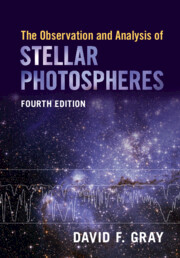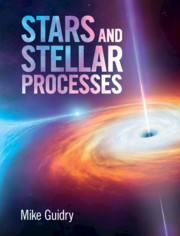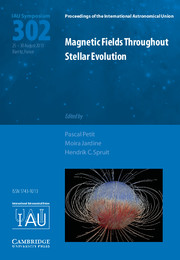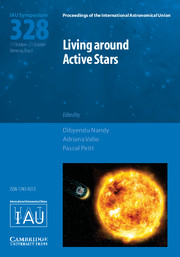The Observation and Analysis of Stellar Photospheres
This textbook describes the equipment, observational techniques, and analysis used in the investigation of stellar photospheres. Now in its fourth edition, the text has been thoroughly updated and revised to be more accessible to students. New figures have been added to illustrate key concepts, while diagrams have been redrawn and refreshed throughout. The book starts by developing the tools of analysis, and then demonstrates how they can be applied. Topics covered include radiation transfer, models of stellar photospheres, spectroscopic equipment, how to observe stellar spectra, and techniques for measuring stellar temperatures, radii, surface gravities, chemical composition, velocity fields, and rotation rates. Up-to-date results for real stars are included. Written for starting graduate students or advanced undergraduates, this textbook also includes a wealth of reference material useful to researchers. eBook formats include color imagery while print formats are greyscale only; a wide selection of the color images are available online.
- Leads the reader through the primary tools and observing techniques used to understand stellar spectra, supported by extensive observations and analysis of real stars
- Each chapter concludes with exercises that allow the reader to directly engage with the content and deepen their understanding
- This new edition features the latest developments in the area, alongside an extensive update of the references to the published literature
Reviews & endorsements
'Gray's newest edition has made several key improvements that will render it an important book not only for stellar atmospheres and evolution courses, but also for courses involving modern instrumentation techniques or for anyone working in the field of exoplanets. Each chapter is clearly and logically laid out and extensively referenced, including exercises to support scaffolded learning throughout the undergraduate and graduate curriculum; this makes the book an easy choice for professors teaching both introductory and upper level courses. Gray's new book is destined to become an essential companion for every professional astronomer whose research is impacted by observational effects and the inner workings of stellar photospheres.' Prof. Michelle J. Creech-Eakman, New Mexico Tech
'Gray's textbook has been a staple for my teaching and research for the past two decades. The close connection the book makes between theory and observation has always distinguished it and made it particularly valuable. The addition of new topics and results, and the inclusion of many of the more recent, seminal references make the new edition particularly valuable for students and researchers entering the field of stellar astrophysics.' Prof. Christopher M. Johns-Krull, Rice University
'David Gray's book puts the decades of the author's hands-on experience, combined with his scientific ingenuity, into a form that students and young researcher love. Clearly, David Gray's book has evolved. The Fourth Edition is not just a graduate student's textbook, it is now also an up-to-date window into practical stellar astrophysical research. As in the past, all my graduate students will get it as their bible.' Prof. Klaus G. Strassmeier, University of Potsdam, and Leibniz Institute for Astrophysics, Germany
Product details
December 2021Paperback
9781009078016
550 pages
244 × 169 × 28 mm
0.912kg
Available
Table of Contents
- Preface to the first edition
- Preface to the second edition
- Preface to the third edition
- Preface to the fourth edition
- 1. Background
- 2. Fourier transforms�
- 3. Spectroscopic tools�
- 4. Light detectors�
- 5. Radiation terms and definitions�
- 6. The black body and its radiation�
- 7. Energy transport in stellar photospheres�
- 8. The continuous absorption coefficient�
- 9. The model photosphere�
- 10. Analysis of stellar continua�
- 11. The line absorption coefficient�
- 12. The measurement of spectral lines�
- 13. The behavior of spectral lines�
- 14. The measurement of stellar radii and temperatures�
- 15. The measurement of surface gravity�
- 16. The measurement of chemical composition�
- 17. Velocity fields in stellar photospheres�
- 18. Stellar rotation�
- Appendix A. Useful constants
- Appendix B: Approximate physical parameters of stars
- Appendix C. Atomic data
- Appendix D. The strongest lines in the solar spectrum
- Appendix E. Computation of random errors
- Index.







